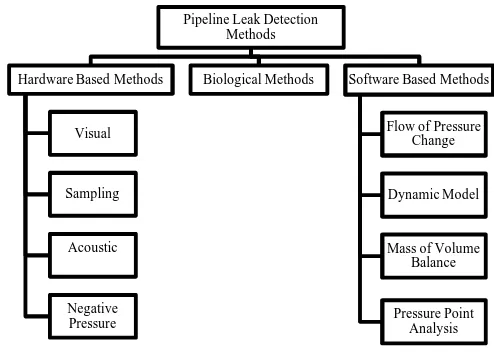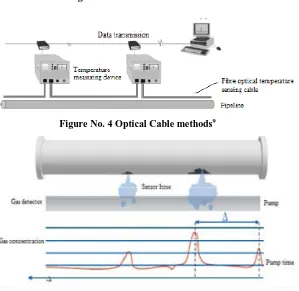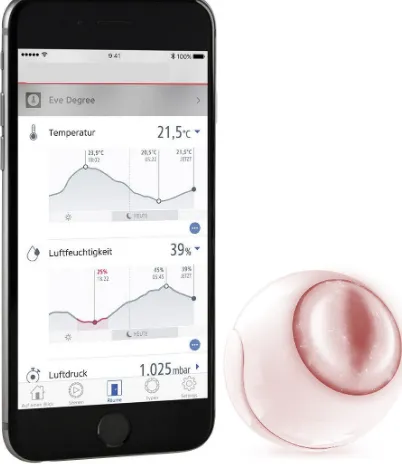Research article Available online www.ijsrr.org
ISSN: 2279–0543
International Journal of Scientific Research and Reviews
Ball Device For Leak Detection In Piped Water Supply
Bhutkar Sandeep D.
1* and Gawande Sagar M.
21
ME Civil Environmental Engineering, Address, ABMSP’s APCOER, Pune 411009, India 2
Department, Civil Environmental Engineering, ABMSP’s APCOER, Pune, 411009, India
ABSTRACT
Water is an important part for all the living being to be stay on this world. But at the same
time effective management of water is also important. As far as we know all there is only a 70% of
total water available on this earth with which we can survive. But as the water comes from a many
source up to the consumer end many leakages gets occur within that distribution system.
Leakages is a crucial issue. To resolve it there should be a proper management and
conservation of water. Leakages are like a common cold. As water start flowing from the head work
to the distributaries channel it starts facing a different leakages problem. It is seen that there is about
40% of leakages occurs in a distribution system.
In India Local Urban bodies facing water leakages in pipes. Due to Leaking water allow
harmful contaminants through distribution network. To avoid harmful contamination of water extra
disinfectant are added, it occurs corrosion of pipes. All these problems increase cost of treatment and
loss of large quantity of water. To identify and cater the problems before occurs it necessary to
develop the advance leakage detection system. The leakage detection device having ball in shape. It
can flow in pipe with water at any pressure and provide data through device. The device is water
resistance, corrosive resistance and it can flow with water.
KEYWORDS:
Pipes, Networks, Leakages, Technique, Devices.*
Corresponding author
Mr. SandeepD. Bhutkar
Research Scholar,
Civil Environmental Engineering,
AnantraoPawar College of Engineering & Research,
Pune-411009, Maharashtra, India.
Mostly leaks are occurred due to damage from nearby excavation, therefore it is critical to inform
respective department prior to excavation to assure that there are no buried pipelines around. If a
pipeline is not properly maintained, it can begin to slowly corrode, particularly at construction joints,
low points where moisture collects, or locations with imperfections in the pipe. However, these
defects can be identified by inspection tools such as Cathodic Protection (CP) and be corrected
before they progress to a leaking stage. Many reasons for leakages include earth movement,
accidents and theft etc.
The purpose of leak detection systems (LDS) is to help pipeline operators in detecting and
localizing leaks. LDS provide an informationon display other related data to the pipeline operators in
order to help in decision making. Pipeline leak detection systems are also beneficial because they can
improve productivity and system reliability thanks to reduced downtime and pipeline inspection
time. LDSs are therefore an important to reduce wastage of water as well as money.
OBJECTIVES
To design a device to overcome the drawbacks of existing available instruments. Analysis
the reading and methodology for device in easy way. It can give actual results and readings in different
material.
THEORY
As a transportation method, pipelines are becoming more and more important in many
countries. Many water pipelines are being planned and constructed every year. Indian Urbanization
shows expenditure on water distribution networks increasing at a significant rate.
Leak detection methods are from simple visual line walking and checking, and direct
mechanical drilling to sophisticated model-based techniques. Each method has its advantages and
disadvantages for locating and detecting leakages. Because leakage in waterpipelines causes much
higher financial losses, mostly leak detection methods have been developed for oil and gas pipelines.
Visible and non-visible are mainly two types of Leakages. Visible leaks are the leaks that
can be seen emerging from the ground or pavement. The source of the leak may be a considerable
distance away from the area where it is observed. Many visible leaks are stated by customers.
Non-visible leaks include leaks that percolate into the surrounding ground and leaks that
Figure No. 1 Visible and Non-Visible Leakages
Pipe line leak detection following methods are generally used.
Figure No. 2 Methods of Detection
Leak detection methods used for water pipelines can be classified into the following four
groups based on the device used for detection:
1. Acoustic methods;
2. Offline observation and surveillance;
3. Online pig-based methods;
4. Hydraulic methods.
5. Optical Cable methods
6. Sensor hose system
The most commonly used leak detection methods are mentioned in above. These methods
are based on regular rather than continuous operation andtheir disadvantages lie in that fact that they
are delaying to response to leakage and expensive to operate. In order to monitor a pipeline system
continuously, some model-based methods, which are based on hydraulic and electronic models using
system measurements as in all conditions have been developed. Many of these leak detection
devices/ techniques are in a developmental stage.
Pipeline Leak Detection Methods
Hardware Based Methods
Visual
Sampling
Acoustic
Negative Pressure
Biological Methods Software Based Methods
Flow of Pressure Change
Dynamic Model
Mass of Volume Balance
Figure No. 3 Acoustic methods11
Figure No. 4 Optical Cable methods9
Figure No. 5 Sensor Hose System9
METHODOLOGY
Ball device is introducing for detection of leakages in water pipeline. The device isputinto
distributionpipeline. The device is flowing with water and send information on display device which
is operated by checker through such electro mechanical technology which gives actual results at any
depth and from any material of pipe.
The device having camera, memory card for data collection and battery etc. It also gives
correct information of corrosion of pipe before leakages. Also sustain pressure of water and it should
Figure No.6 Ball Device10
CASE STUDY
Lots of water pipeline leakages detection methods and techniques are available. A
component of detection of pipe leakages is the ability to accurately locate the leak location in pipes
through minimum invasion. Therefore, this comparison and studies the leak detection abilities of the
techniques and aims at determining whether these devices are actual in identifying the leakages. An
experimental setup was construct to simulate the underground conditions of water distribution
systems. After analyzing the experimental data, it will conclude that which techniques are effective
in detecting leaks in the pipes.
CONCLUSION
Design a device for water pipeline leakage detection with the help of latest technology. It
can save water as well as energy and money by reducing treated and pumped water.
The device is easy to handle and gives exact location without excavation. Also develop
application which can easy installed in any mobile.
REFERENCES
1. Dr. Osama Hunaidi, October 2000 ISSN 1206-1220, Why Leakages occur in pipes and
detection system Detecting Leaks in Water-Distribution Pipes.
2. N. Merzi and T. Ozkan, Middle East Technical University, Civil Engineering Department,
Pipeline Leak Detection Technologies.
5. Dr Jun Zhang, REL Instrumentation Limited, Manchester, UK, Designing a Cost Effective
and Reliable Pipeline Leak Detection System.
6. Peter Black Pipeline and Facilities Division Scientific Software-Intercom Monarch House,
Crabtree Office Village, Egham, Surrey TW20 8RY, A review of pipeline leak detection
technology
7. Harrison E. Mutikanga; Saroj K. Sharma; and KalanithyVairavamoorthy, Methods and tools
for managing losses in water Distribution systems.
8. Lawrence Boaz, ShubiKaijage and RamadhaniSinde
9. Nelson Mandela African Institution of Science and Technology (NM-AIST), School of
Computational and Communication Science and Engineering Arusha, Tanzania : An
overview of pipeline leak detection and location systems.
10. Google Images
11. Xiao-Jian Wang Postgraduate Student, Martin F. Lambert Senior Lecturer, Angus R.
Simpson Associate Professor, John P. Vítkovský Research Associate, Dept. of Civil &
Environmental Engineering, Adelaide University, Australia : Leak Detection In Pipeline


